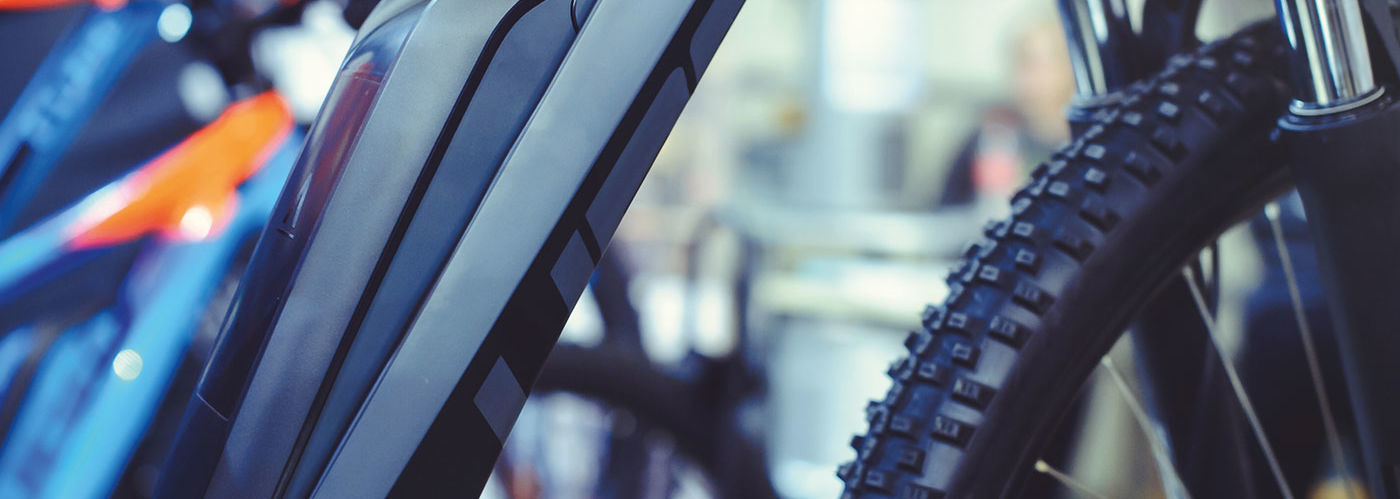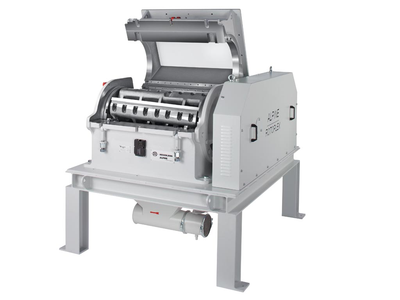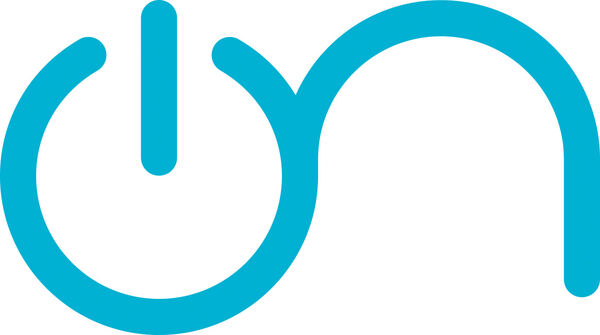Lithium-ion batteries: Solution for the direct recycling of production waste
From consumer electronics to electromobility: The demand for lithium-ion batteries is steadily increasing. But increased battery production also leads to a greater number of rejects during the manufacturing process. This arises, for example, when sorting out defects such as pinholes, inclusions and other coating faults, due to edge trimming or rejects during the finishing process. In total, about 10% (or considerably more depending on the process) of the coated cathode or anode films end up as rejects and have to be recycled. In particular, the valuable active materials, i.e. the NMC or LFP of the cathode films or the graphite-silicon mixtures of the anode films, should be processed and directly recycled free of impurities.




Recommend article